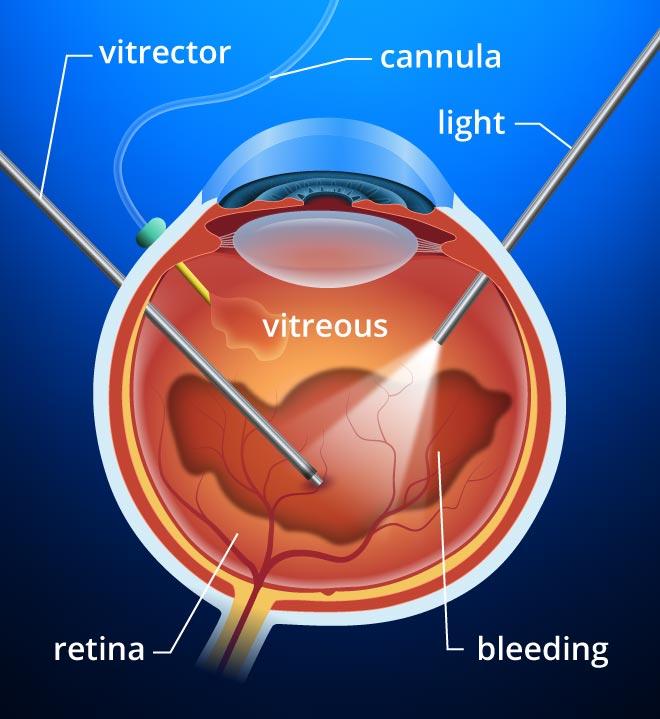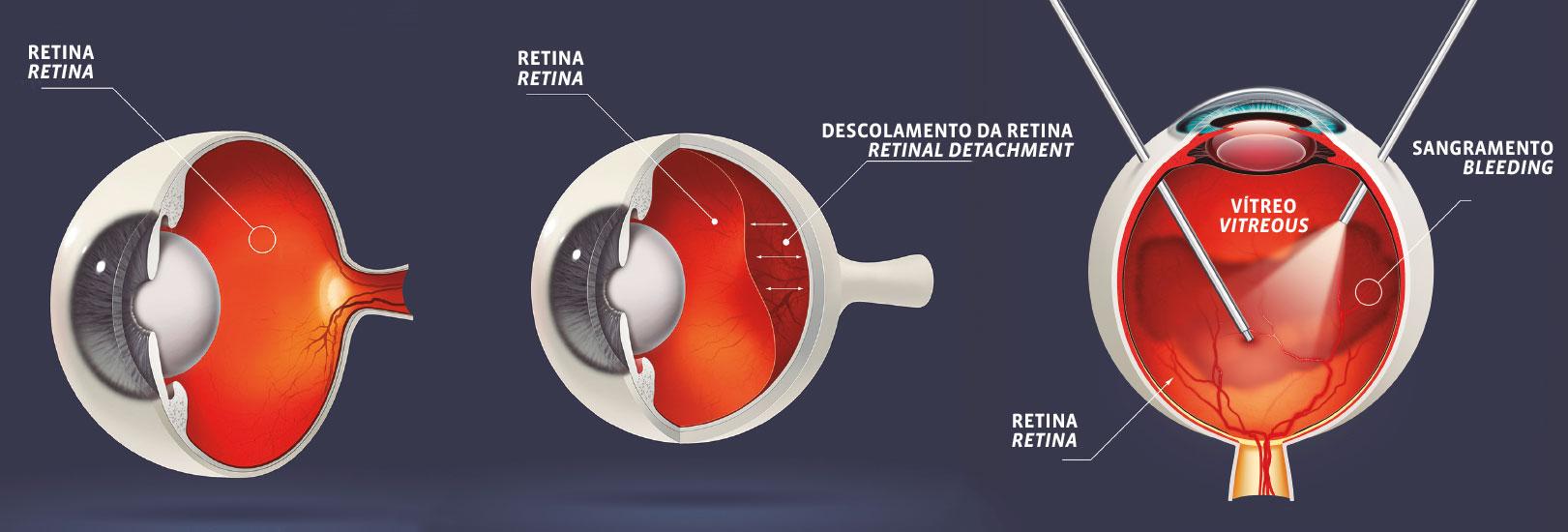Vitrectomy: Restoring Vision through Advanced Eye Surgery
Discover vitrectomy, a sophisticated surgical procedure used to treat various eye conditions. Learn about the benefits, procedure details, and recovery process of vitrectomy. Understand how this intervention can restore vision and improve eye health for individuals with specific eye conditions.
Introduction
Vitrectomy is a specialized surgical procedure that has revolutionized the field of ophthalmology. It is commonly performed to treat a range of eye conditions that affect the vitreous humor and retina, including retinal detachment, macular hole, and vitreous floaters. In this blog post, we will explore the world of vitrectomy, including its role in treating specific eye conditions, the procedure itself, and the recovery process.

Treating Eye Conditions with Vitrectomy
Vitrectomy is a surgical procedure designed to address various eye conditions that require intervention within the vitreous humor and retina. These conditions may include retinal detachment, macular hole, vitreous hemorrhage, or severe cases of vitreous floaters that significantly impair vision. Vitrectomy aims to restore vision and improve overall eye health by removing or repairing the affected structures.
Benefits of Vitrectomy
Vitrectomy offers several benefits for individuals with specific eye conditions. By addressing the underlying cause of vision impairment, this surgical procedure can restore or improve visual acuity. Vitrectomy also plays a vital role in preserving eye health, preventing further complications, and enhancing quality of life by allowing individuals to engage in daily activities with increased clarity and confidence.
The Vitrectomy Procedure
Before vitrectomy, a comprehensive evaluation is conducted by an ophthalmologist to assess the specific eye condition and determine the suitability of the procedure. This evaluation may involve a thorough eye examination, imaging tests, and discussions about the procedure, potential risks, and expected outcomes. Preoperative preparation may include discontinuing certain medications and fasting prior to surgery.
Vitrectomy Surgical Techniques
Vitrectomy is typically performed under local or general anesthesia, depending on the complexity of the procedure and patient preferences. The surgeon creates small incisions in the eye to gain access to the vitreous humor and retina. Microsurgical instruments, including a vitrectomy probe, are then used to remove or repair the affected structures. Laser therapy or gas or silicone oil injection may also be utilized to support retinal reattachment or closure of macular holes.

Recovery and Postoperative Care
Following vitrectomy, the patient is monitored for a short period in a recovery area. The length of the hospital stay varies depending on the specific procedure and individual factors. During this time, the medical team provides instructions for postoperative care, including the use of eye drops, managing discomfort, and restrictions on activities such as driving or heavy lifting.
Follow-Up Appointments and Rehabilitation
After discharge, regular follow-up appointments are scheduled to monitor the healing process and assess visual outcomes. These appointments allow the ophthalmologist to evaluate the success of the surgery and make any necessary adjustments to medications or additional treatments. Visual rehabilitation, such as vision therapy or low vision aids, may be recommended to optimize visual recovery and adaptation.
Conclusion
Vitrectomy is a sophisticated surgical procedure that plays a significant role in restoring vision and improving eye health for individuals with specific eye conditions. If you are experiencing vision impairment or have been diagnosed with a retinal or vitreous condition, consult with a skilled ophthalmologist to discuss the potential benefits of vitrectomy. Embrace the potential of vitrectomy to regain visual clarity and enhance your overall eye health.
We are associated with experienced and highly skilled medical professionals. We use the latest medical technology available in the world and we provide medical services in collaboration with JCI & NABH Certified hospitals only. Our services include various types of treatment and organ restructuring and transplant.